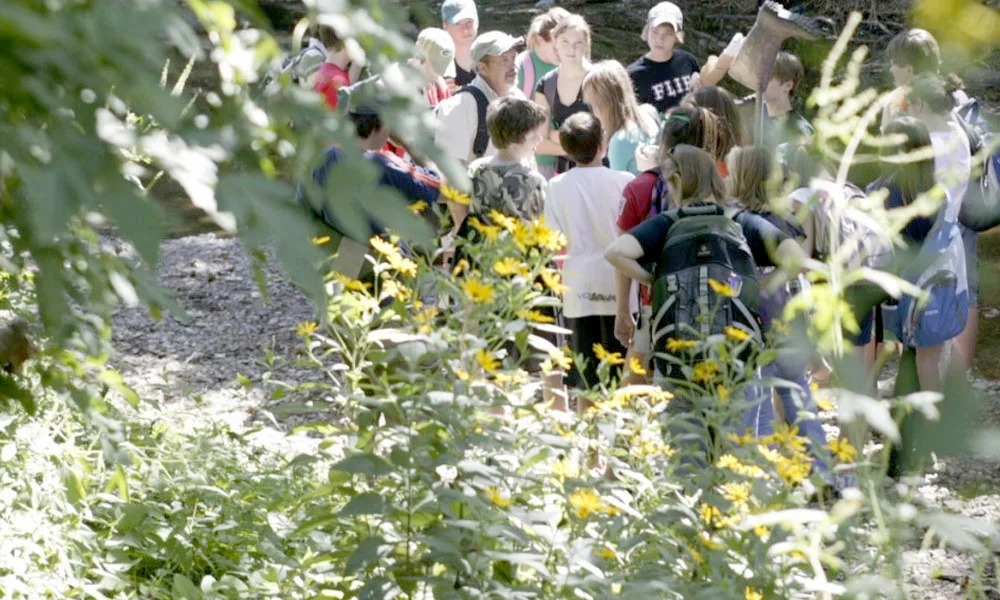The Power and Pleasure of Curriculum Mapping In this post we will share some of our experience and practical ideas about what is called Curriculum Mapping.
Curriculum Mapping is the collaborative process of documenting, discussing and improving curricula through creating visual "maps" of the essential understanding, skills, experiences and assessment that shape courses and projects.
This practice was pioneered by Grant Wiggins who wrote Understanding by Design, and Heidi Hayes Jacobs who wrote Getting Results with Curriculum Mapping.
This process is invaluable as it clarifies for everyone, including students, teachers, and parents, the essential "big ideas" that curricula is built on, maps the journey of learning that students and teachers will travel, and specifies the form that the results of the learning will take.
Jacobs who wrote Getting Results with Curriculum Mapping.
This process is invaluable as it clarifies for everyone, including students, teachers, and parents, the essential "big ideas" that curricula is built on, maps the journey of learning that students and teachers will travel, and specifies the form that the results of the learning will take.
In schools where we work, we strive to create conditions for students to create exemplary work for a real community audience. Here is an example. We worked with The St. Michael School of Clayton faculty to articulate and assess the enduring understandings and skills that kindergarten through sixth grade students gain through richly integrated, creative project work.
About a year ago, Anthony Huberman, chief curator at the Contemporary Art Museum St. Louis, asked The St. Michael School educators to organize a day on creativity that would be open to the public, involve The St. Michael School students as leaders and teachers and focus on family participation.
The faculty and administration of The St. Michael School and Cadwell Collaborative decided to create a curriculum map that would articulate the critical 21st century skills and habits of mind that The St. Michael School students were learning and that the visitors that day would be introduced to.

The maps that we composed outlined and articulated what the students were learning, and at the same time opened doors for new thoughts and ideas for all who read it. The map featured what The St. Michael School values and teaches. We would be glad to send you a PDF of the summary map seen in the thumbnail below.
We invite you to think about composing curriculum maps in new ways to reach a public audience beyond your schools whenever you have the chance. This was the first time we have created a map in this way for a special purpose. In addition to engaging faculty in the shared practice of improving teaching and learning, maps that are designed for a wider audience provide a way to feature and advocate for exemplary student work where young people play an active role in engaging their communities in purposeful, creative initiatives.



